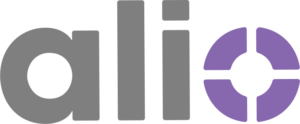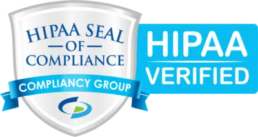Combining a deep understanding of both technology and healthcare is necessary in order to create a next level, noninvasive remote monitoring sensing platform. This technology is possible by empowering physicians with actionable, real time data so they can make the most informed medical decisions possible.
In the U.S. alone, more than 150 million people live with chronic conditions which is responsible for 75% of health care costs. The lack of cooperation between technology and patients is hindering the ability to acquire accurate data, which then prevents patients from receiving proper care. For example, existing systems for dialysis patients only account for 15% of a patient’s life. Providing physicians with the data for the missing 85% of a patient’s life will allow them to facilitate better care, and reduce avoidable hospitalizations. In order to stop those numbers from continuing to skyrocket, we recognize we are in dire need for a different approach to better accommodate and manage care outside of the clinical setting. We believe the market is ripe for disruption because of one dimensional monitoring solutions, high rates of hospitalization and insufficient tools for managing patient populations at scale.
Patient compliance is a major key to successful care; however, a comfortable and noninvasive device that streams consistent data to physicians is not currently available on the market today. Remote patient monitoring platforms should not only be vertically integrated with proprietary sensing technology, but should also connect with other clinical sensor products. This data needs to be secure during its entire life cycle from the wearable, to the hub and to the cloud. From start to finish, the patient’s data needs to be readily accessible at all times and never vulnerable.
Particularly with our current circumstances — shelter in place orders and heightened health concerns with COVID-19 — we see telehealth being pushed into the mainstream and the FDA rapidly approving solutions more than ever before. Giving patients and clinicians the opportunity to better monitor their chronic conditions without introducing greater risk of receiving treatment or check-ups in physical locations when possible.
There are many moving parts to healthcare which need to be taken apart and rebuilt stronger and better than ever. In order to achieve this, we must redirect our efforts from focusing on individual stakeholder advantages to cumulative achievements across the healthcare ecosystem. By combining the collective knowledge from physicians and technology experts, we will succeed in creating a better experience for those with chronic illness and the clinicians who care for them.
[/vc_column_text][/vc_column][/vc_row]








